Crowns & Bridges
Dental Crowns and Bridges in Dubai at Sky Clinic JLT
Dentists enable a wide array of restoration techniques for patients with missing teeth. Crowns and bridges have become a popular dental trend among patients seeking to restore the natural state of teeth.
Crowns and bridges are prosthetic devices necessary to replace missing teeth or part of a tooth. These restorative techniques enable to repair the damaged tooth or missing teeth. Hence, provide the assurance of function, strength and the aesthetic features of the tooth. Unlike the removable dentures, crowns and bridges are fixed devices, which are cemented to the patient’s teeth.

Crowns

Bridges
Bridges involves restorations, which fill gaps caused by missing teeth. The adjacent teeth to the damaged or decayed tooth become a part of the bridge thereby reducing the risk of the current condition. Utilising bridges prevent the teeth from shifting thus provides stability for functionality such as chewing.
Proper oral practices and adherence to scheduled dental visits can help crowns and bridges last a lifetime.
Caring for crowns and bridges
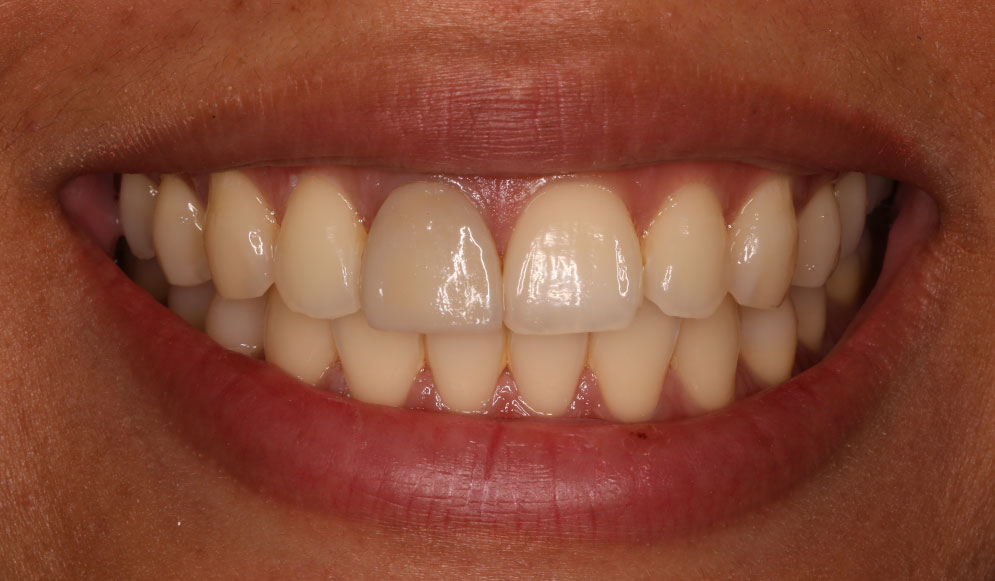
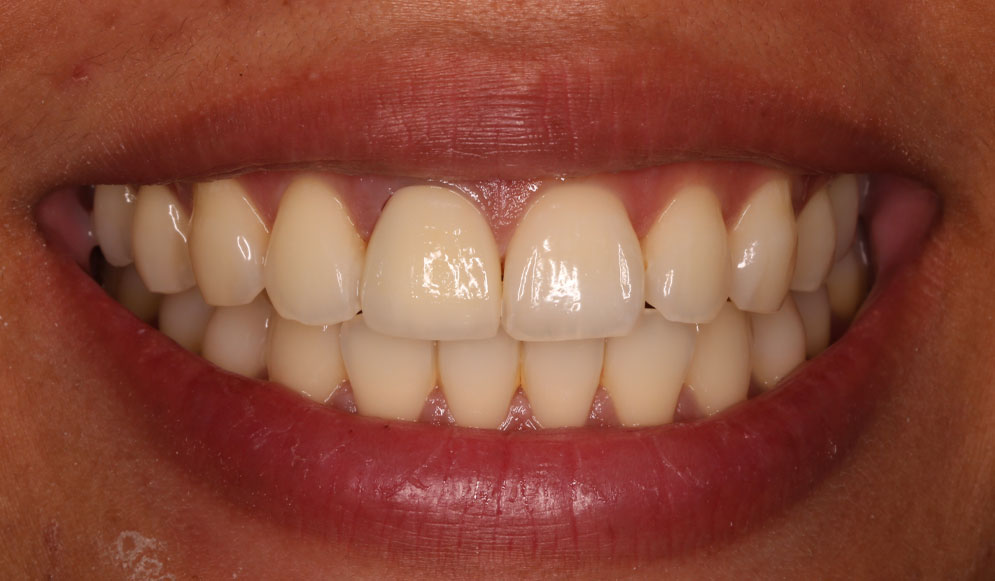
Case by Dr Evelien Zijp
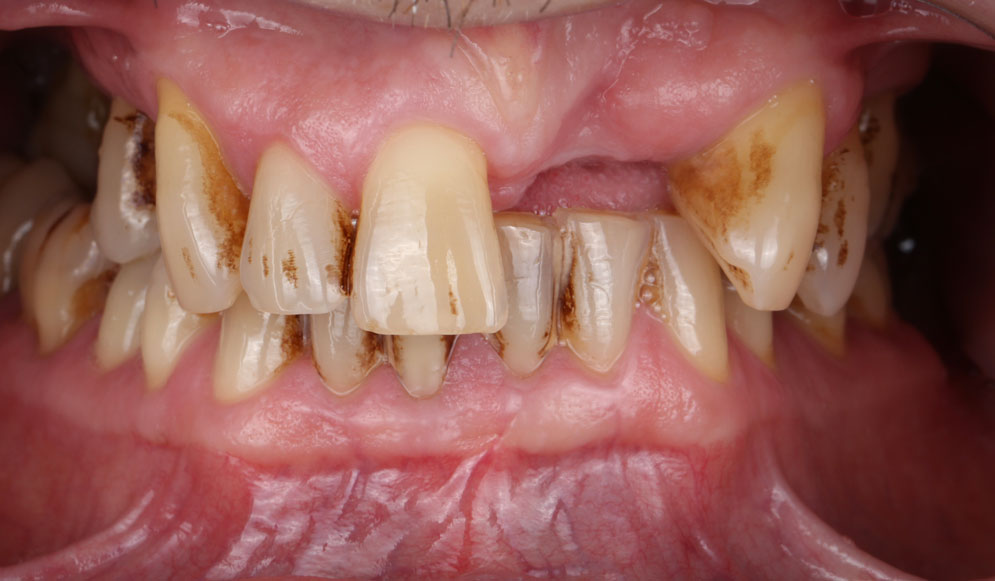
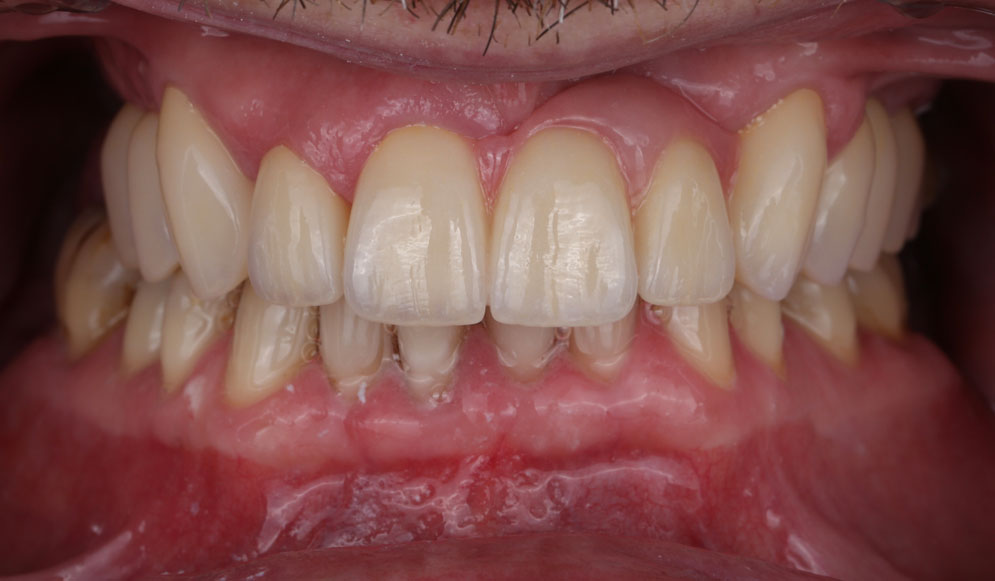
Case by Dr Evelien Zijp
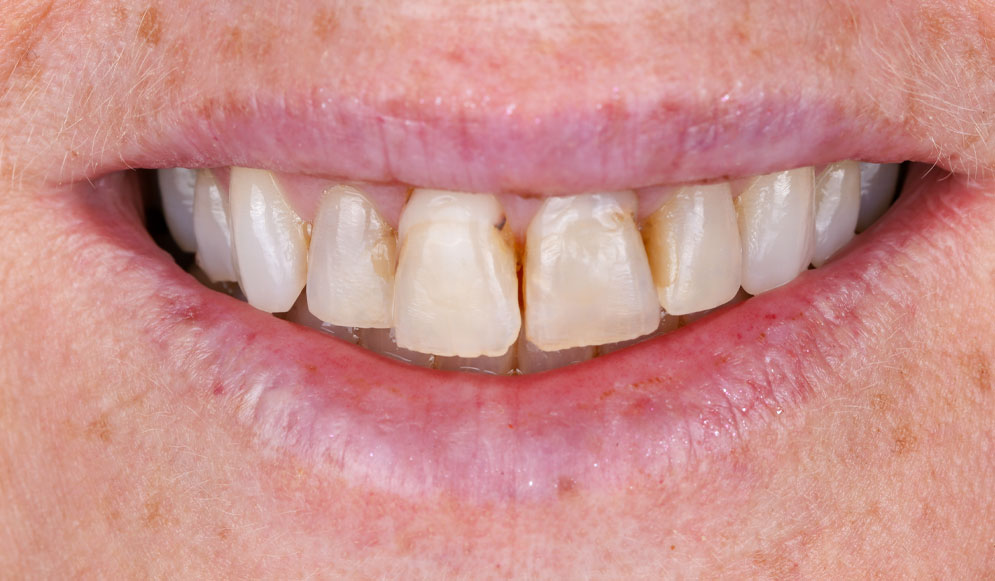

Case by Dr Evelien Zijp
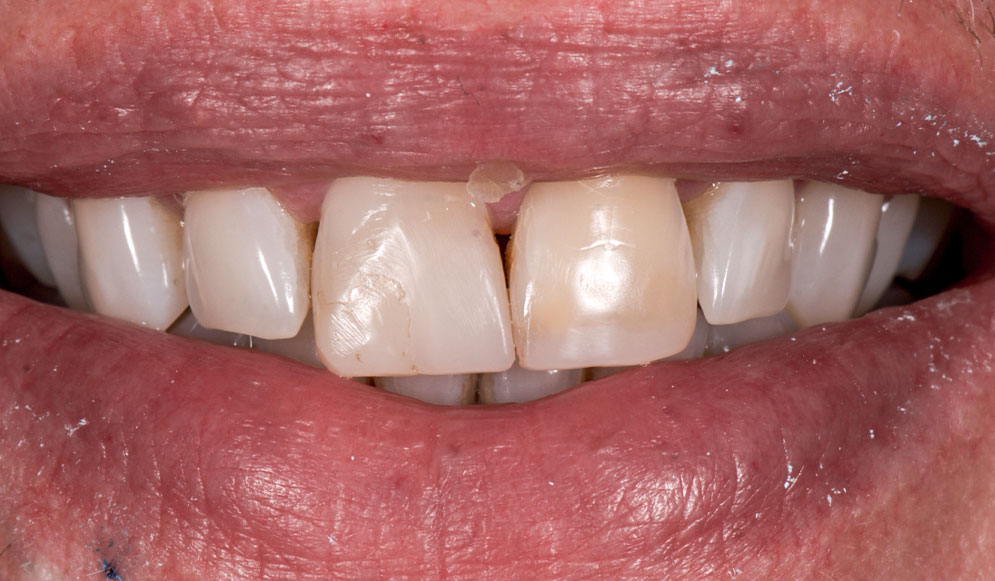
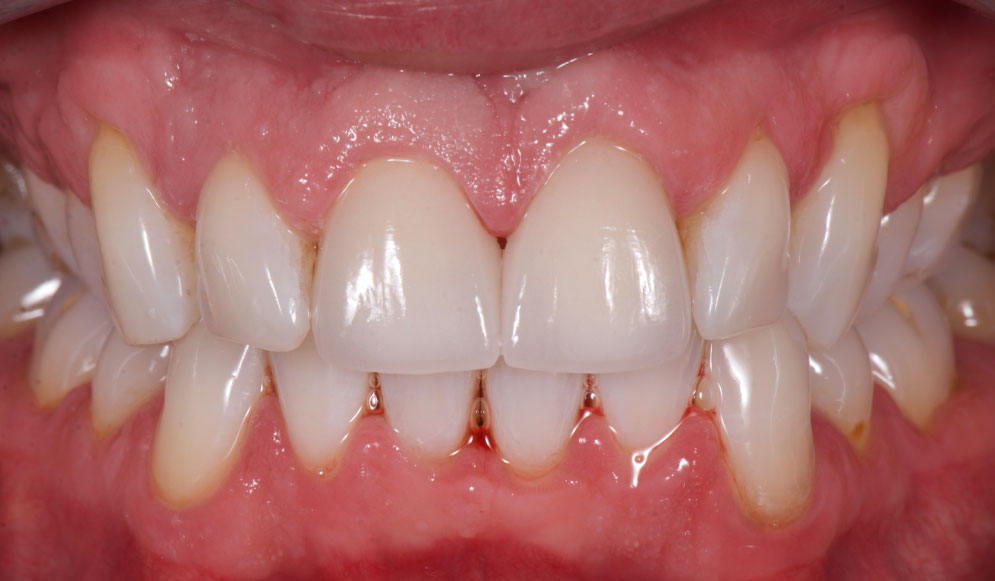
Case by Dr Evelien Zijp
What are dental crowns and bridges?
When are dental crowns and bridges recommended?
How long do dental crowns and bridges last?
What materials are used for dental crowns and bridges?
Are dental crowns and bridges painful to place?
How do I care for dental crowns and bridges?
Related Services

Teeth Cleaning
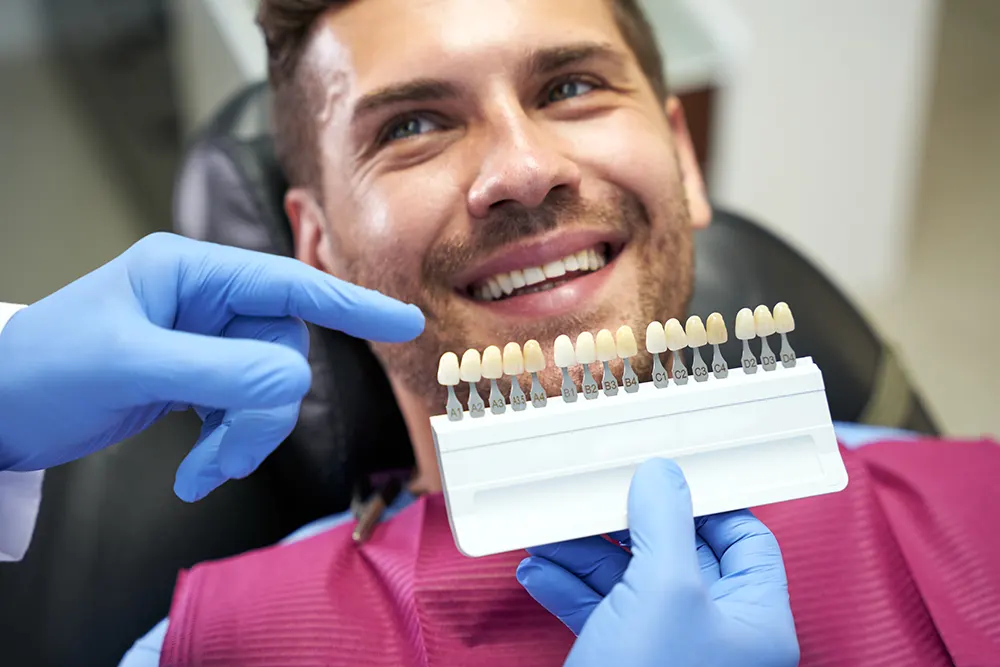
Tooth-Colored Fillings
Tooth decay has become a serious problem to many people both young and adults. Tooth filling is the beginning stage of preventing...

Laminate Veneers
Painless Cosmetic Dentistry like Laminate Dental Veneers are subtle modifications to perfect your smile instantly...






